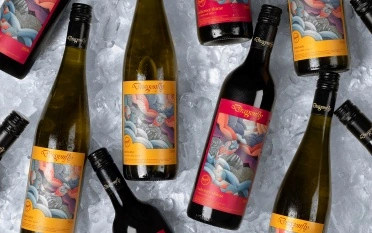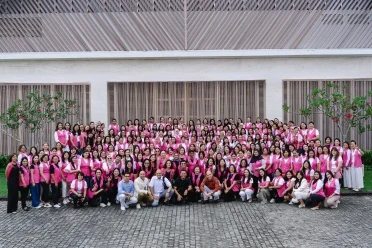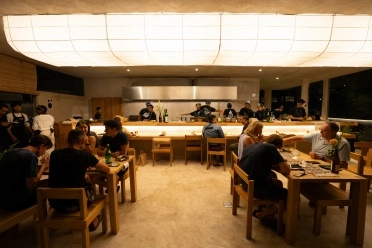Bali, the "Island of Gods," is a treasure trove of cultural heritage and artistic expression. Among its many fascinating facets, the enigmatic Barong stands out as a symbol deeply rooted in Balinese tradition, history, and mythology. This mystical creature has not only captivated the hearts of the Balinese people but has also found its way into mainstream media, showcasing its enduring allure.
The Enigmatic Barong: Bali's Mystical Guardian
Origins and History
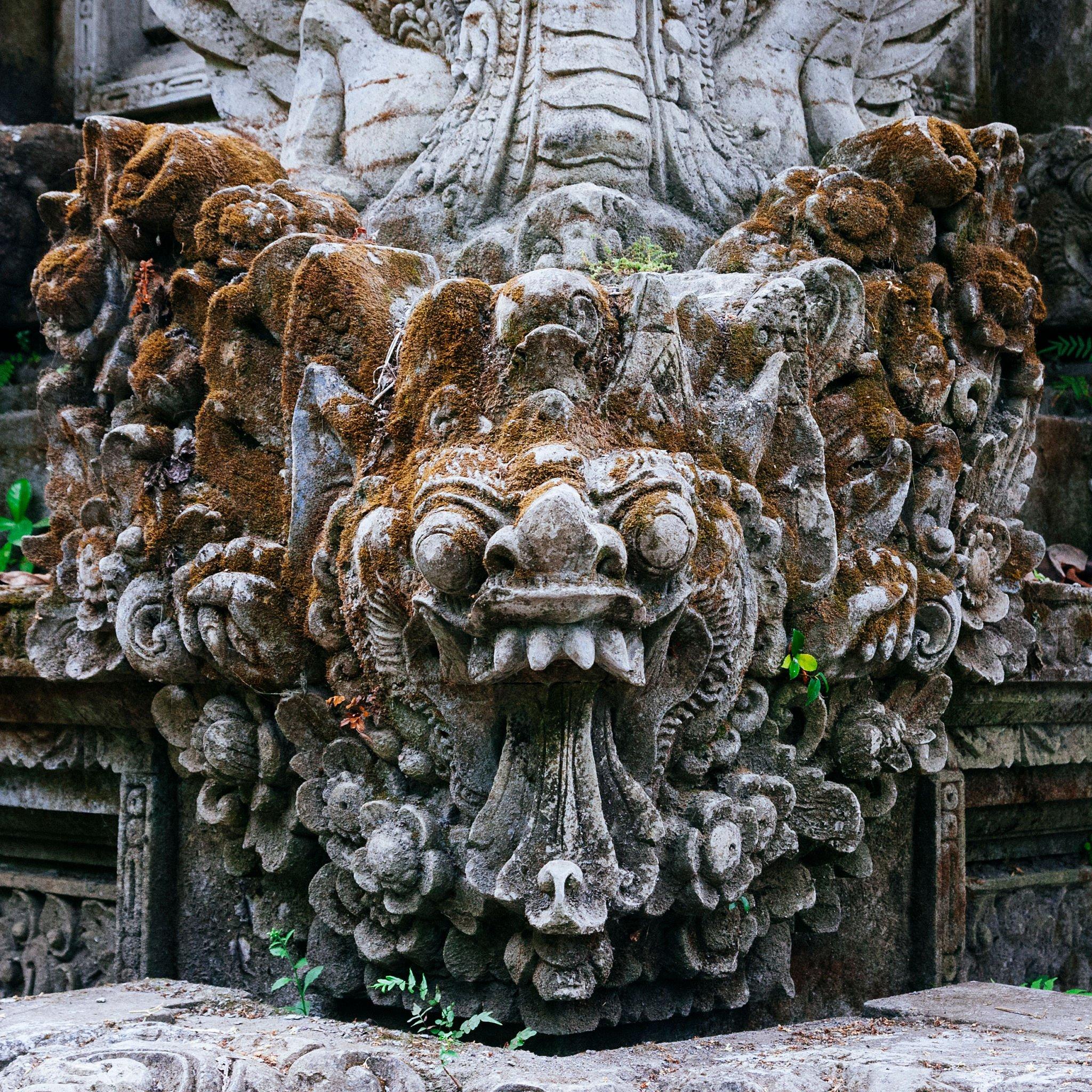
The Barong, a revered mythical creature, is an essential part of Balinese Hinduism and has deep-rooted origins in Balinese folklore. Its exact origins are challenging to pinpoint, shrouded in the mists of ancient tradition and legend. Some accounts trace its roots to the animistic beliefs predating Hinduism in Bali. The Barong is believed to have metamorphosed from the Reog Ponorogo, introduced by Raja Airlangga during his refuge on the island on the 11th century.
The Barong is depicted as a creature with the body of a lion, the head of a boar, and intricate ornaments, symbolizing the duality of good and evil. Its counterpart, the Rangda, represents chaos and malevolence. The Barong dance, a traditional performance, reenacts the eternal battle between these opposing forces, embodying the perpetual struggle of maintaining cosmic balance.
Cultural Significance and Unique Aspects
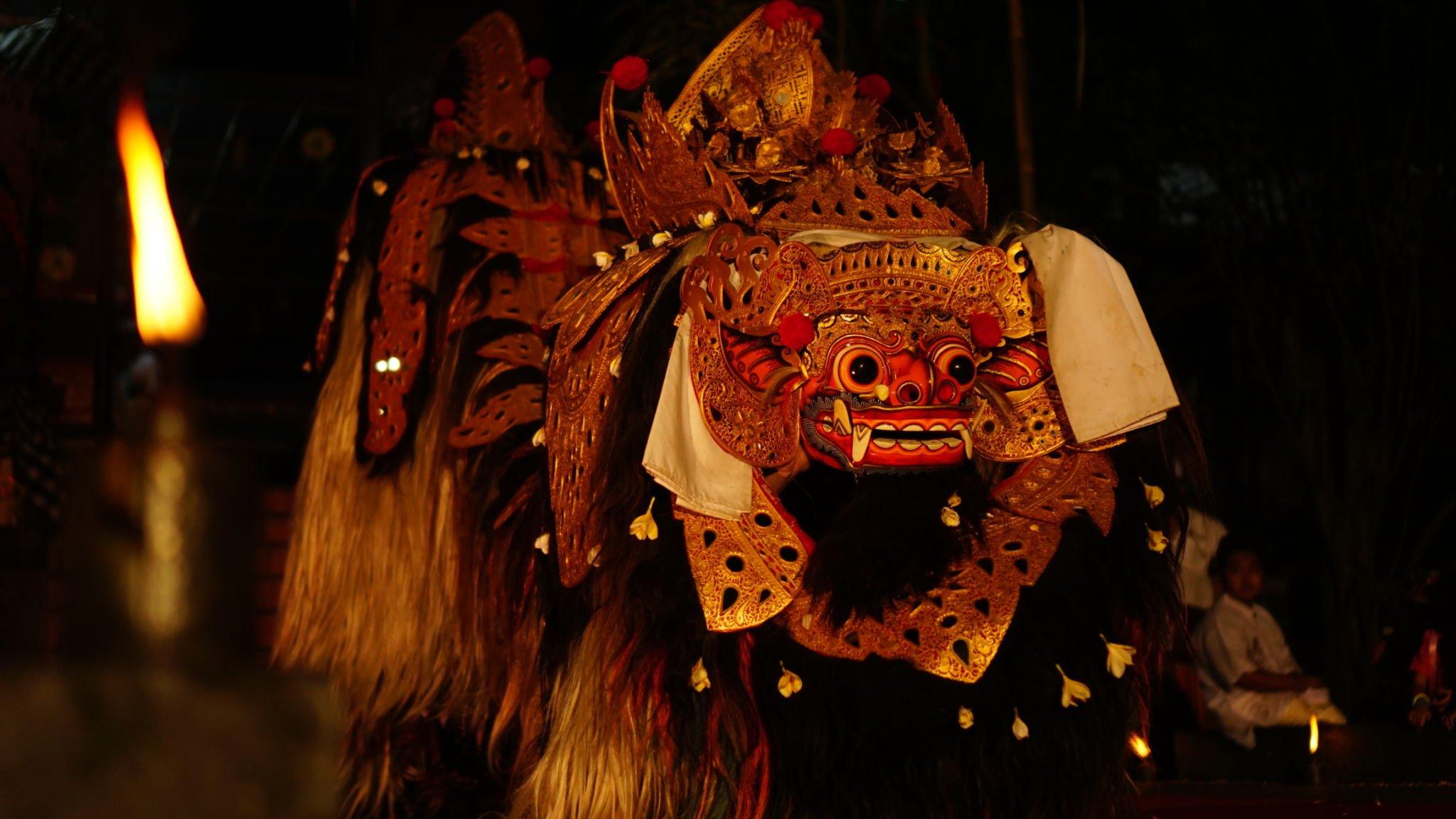
Symbol of Goodness: The Barong is the epitome of benevolence and represents protection, prosperity, and the triumph of good over evil. It is often seen as a guardian spirit and is revered during ceremonies and festivals. The dance representing the Barong portrays its fight against the malevolent Rangda, symbolizing the eternal struggle between good and evil.
Spiritual Role: The Barong is believed to possess spiritual powers, and its presence in rituals is thought to bring blessings and ward off malevolent forces. The Barong dance, a lively and colorful performance, is a significant part of Balinese culture and spirituality.
Artistic Craftsmanship: The Barong's elaborate costume showcases the incredible artistry and craftsmanship of Balinese artisans. The intricate detailing and vibrant colors make it a visual delight, reflecting the island's artistic excellence.
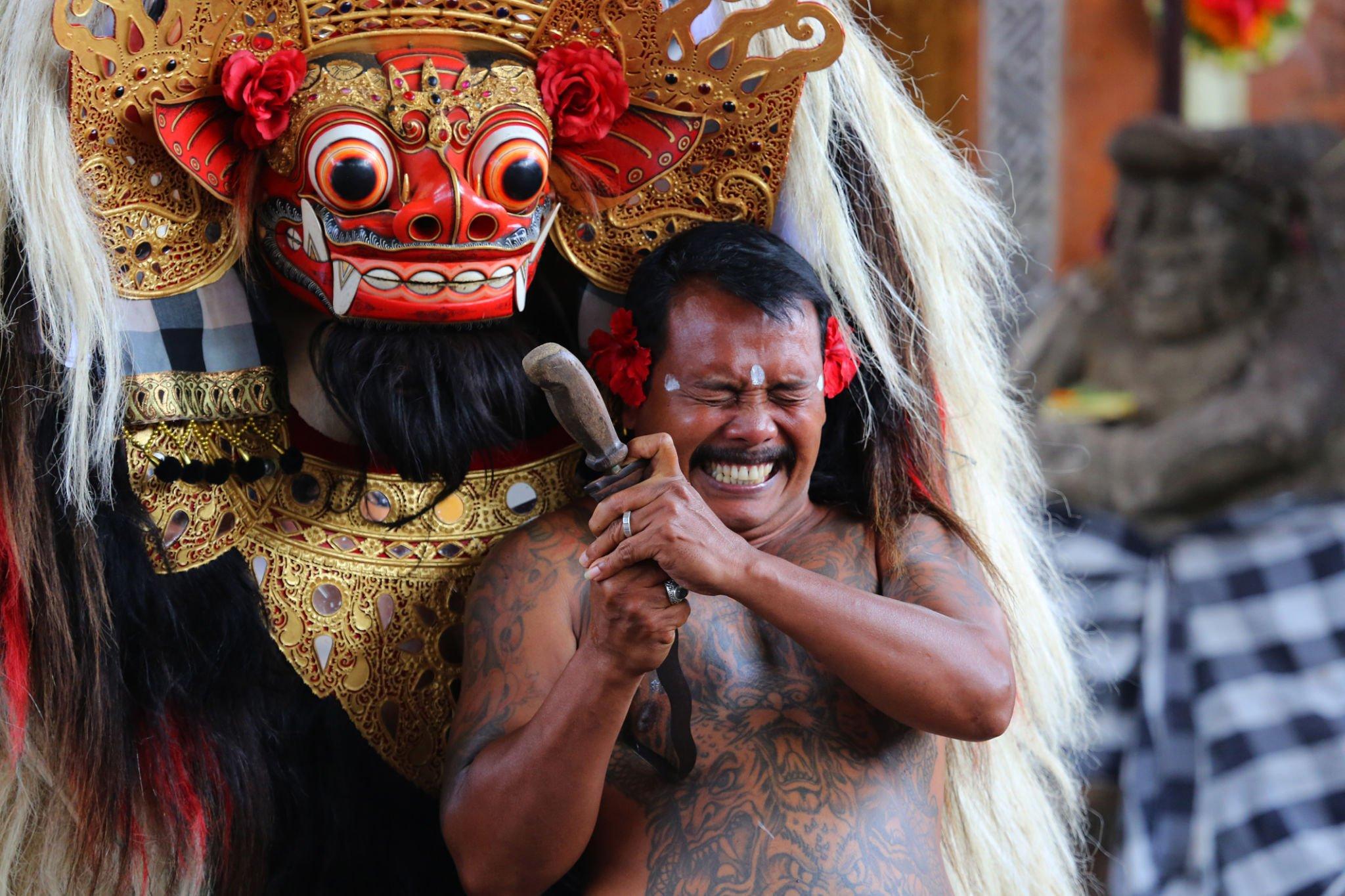
One of the most memorable and fun facts about Barong is that the performers wear large masks, which can weigh up to 8 kilograms! The masks are usually made of wood and decorated with intricate designs. The dance itself is very energetic, involving acrobatics and stunts.
Rangda: The Malevolent Demon Queen
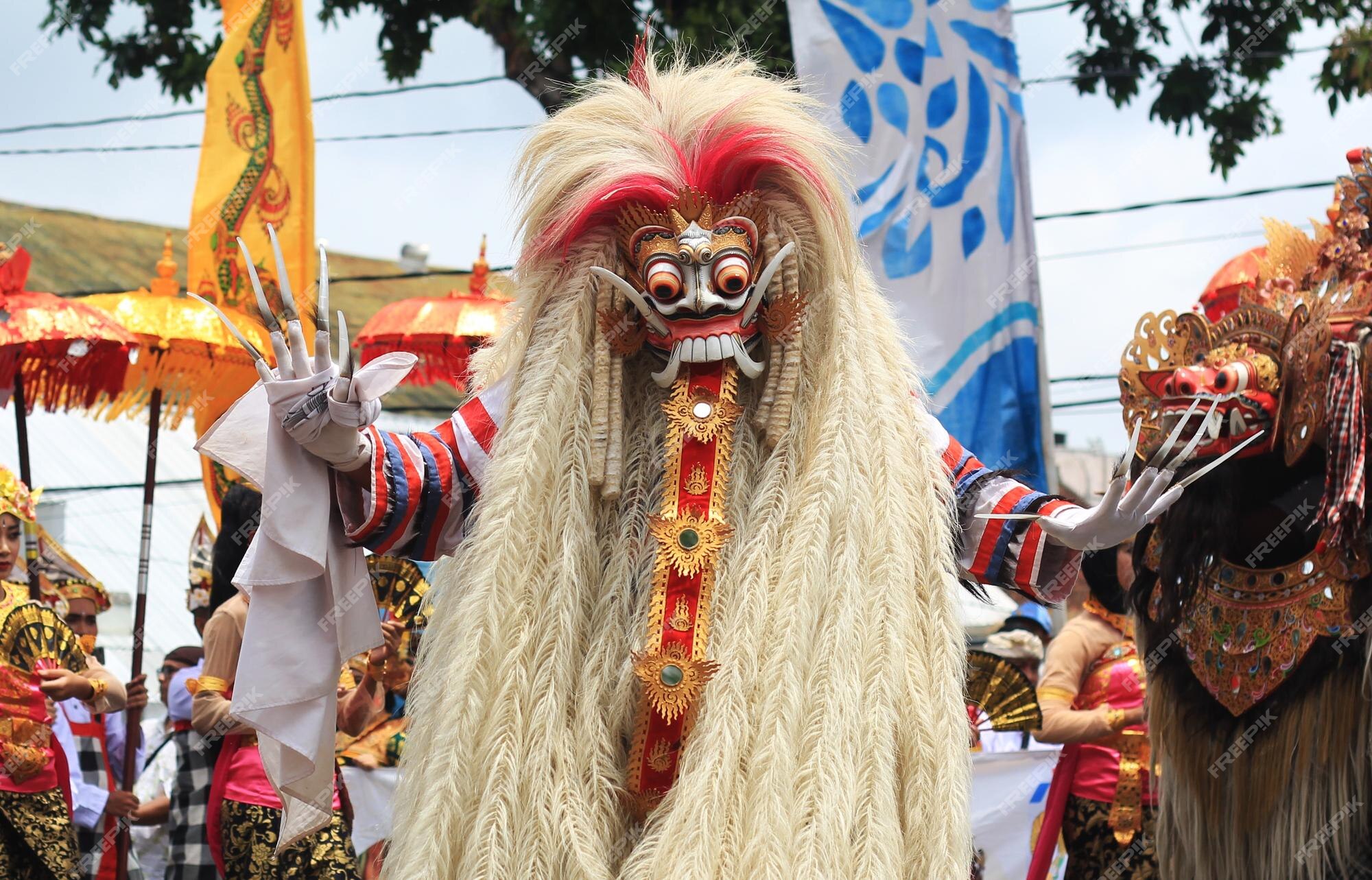
Rangda, often known as Calonarang, is the malevolent counterpart to the Barong. She represents chaos, darkness, and evil. The Barong and Rangda dance symbolizes the eternal struggle between these two opposing forces.
The Rangda character is depicted as a fearsome, witch-like figure with long, unkempt hair, sharp fangs, and menacing eyes. In the dance, Rangda is known for her powerful and mesmerizing moves, embodying the chaotic and destructive forces.
A performance will begin with the Barong and Rangda entering the stage and engaging in a battle. The audience will be asked to participate by chanting and clapping their hands, encouraging the battling forces and helping them gain strength. The end is very dramatic, with the Barong finally triumphing over Rangda, symbolizing good ultimately winning over evil.
Barong in Mainstream Media
The allure of the Barong extends beyond the boundaries of Bali and has made a significant impact in mainstream media, reaching a global audience through various mediums.
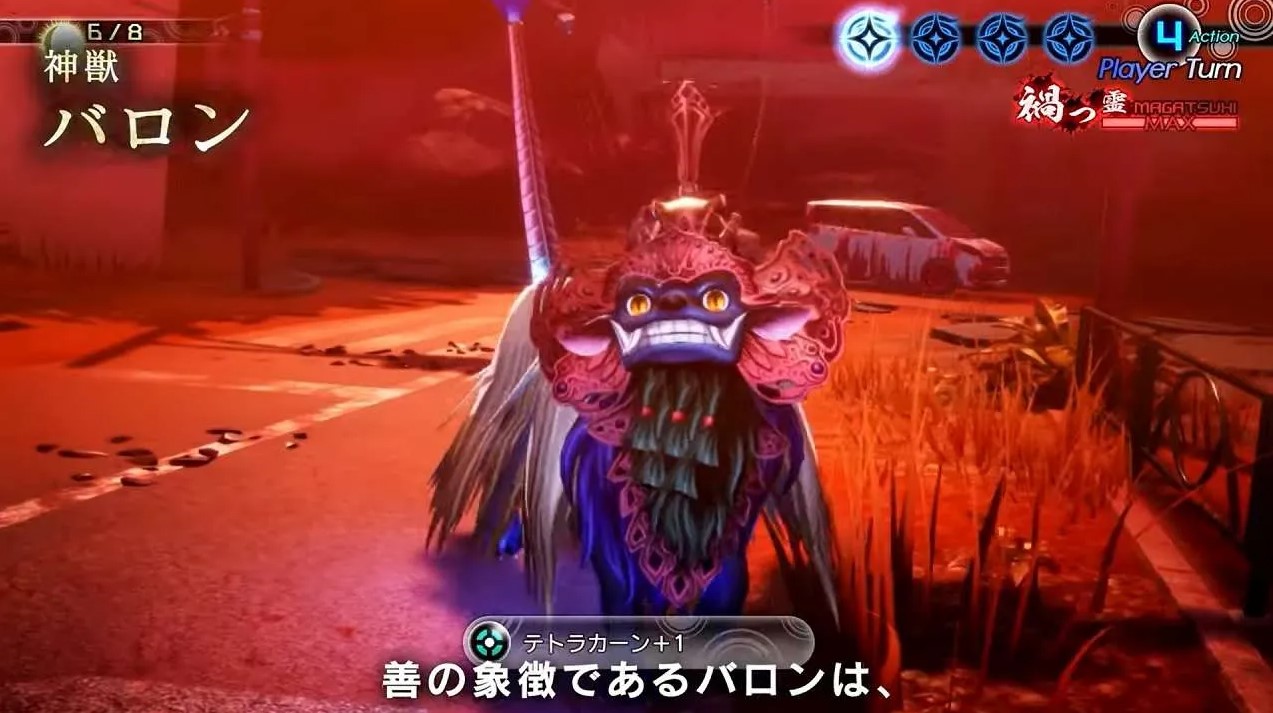
Video Games: The mystique of the Barong has been immortalized in video games, providing a glimpse into Balinese culture for a worldwide audience. Its appearance in games, often as a character or symbol, introduces players to the rich tapestry of Balinese mythology and folklore.
Fashion and Apparel: The Barong has become an iconic symbol, finding its place on t-shirts, accessories, and other apparel. Its intricate and appealing design has made it a popular choice for fashion enthusiasts seeking to infuse cultural richness into their wardrobe.
Visual Arts and Films: The Barong's captivating appearance and symbolism have inspired numerous artists and filmmakers. Its representation in paintings, sculptures, and films serves as a medium to express the mysticism and beauty of Balinese culture to a global audience.
Preserving a Cultural Legacy
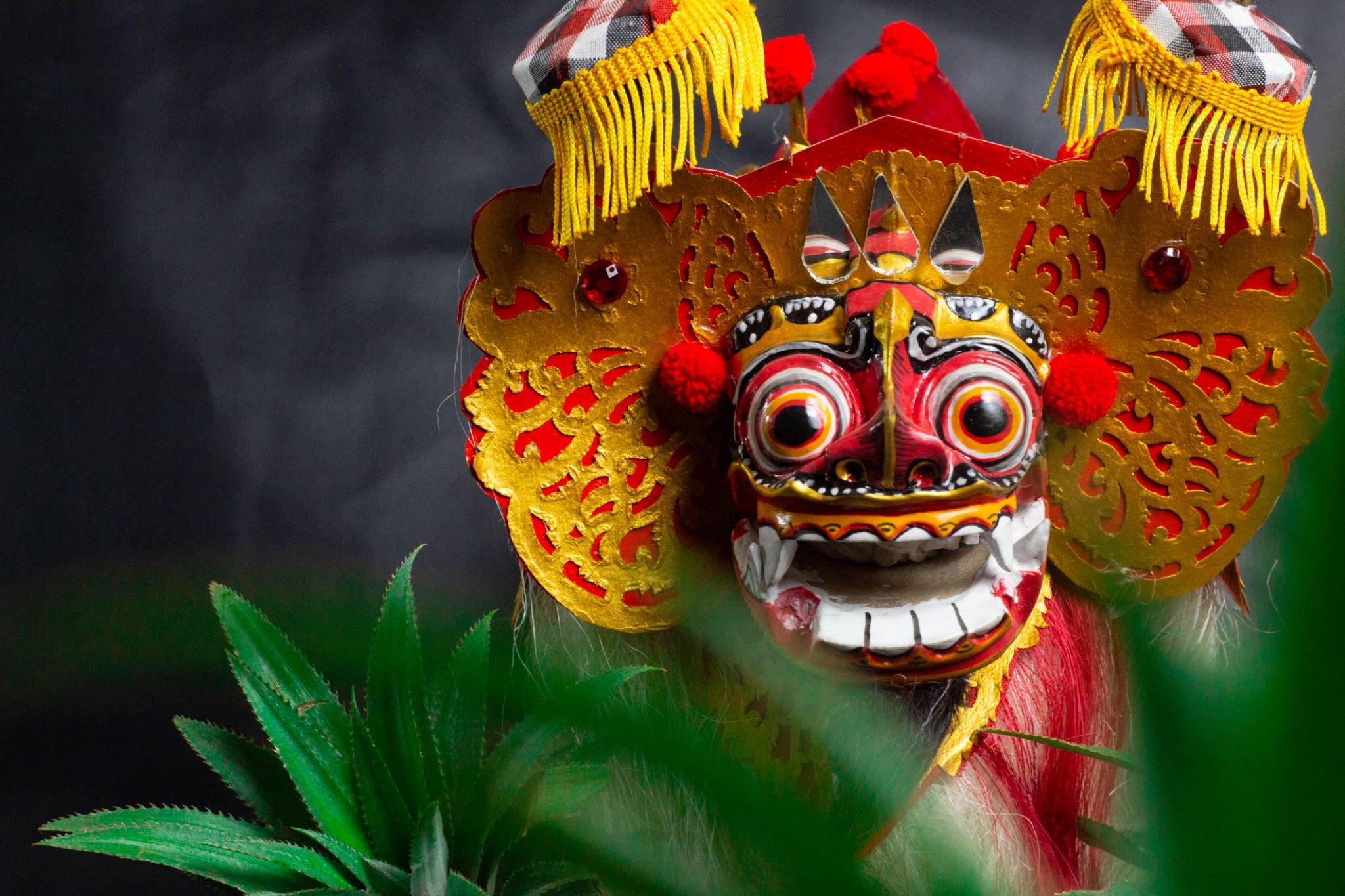
As the world becomes more interconnected, preserving the essence of traditions like the Barong is crucial. Balinese communities and cultural enthusiasts are working diligently to ensure that the essence and significance of the Barong remain intact, passing down this rich heritage to future generations.
In conclusion, the Barong stands as a testament to the cultural richness and spiritual depth of Bali. Its representation in mainstream media not only showcases its aesthetic allure but also brings a slice of Balinese mysticism to the world, enriching the tapestry of global cultural understanding. Balinese culture, with the Barong at its heart, continues to inspire and captivate audiences worldwide, perpetuating the magic of this mythical creature through time and space. The Barong dance, with its ancient roots and enduring appeal, remains a celebration of the eternal battle between good and evil, showcasing the vibrant tapestry of Balinese tradition and folklore.




 Billy Bagus
Billy Bagus
 Sep 22, 2023
Sep 22, 2023


